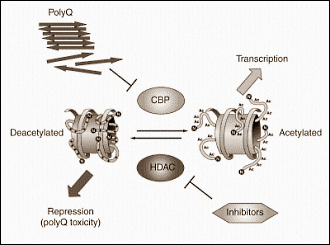If manuka honey is liquid gold, Masterton-based Watson &
Son is looking for the mother lode.
"The goal is a bold one. Moving into the international
wound-care market, 1000 tonnes [of honey a year] isn't going to cut it - the
goal will be 100,000 tonnes," Watson & Son chief executive Warren Peat
said.
The company's honey currently retails for $15-$65 a 250g
pottle and will fetch much more if, as expected, it is registered as an
approved medical product; so 100,000 tonnes quickly takes on bonanza
dimensions.
The company has boomed since its establishment in 2004,
winning the Deloitte/Unlimited Fast 50 award in 2008 for fastest growing
business. Wellington-born Denis Watson owns the operation with his son and
apiary manager Dan. They employ 85 staff throughout the North Island, rising to
about 115 in high season.
As a member of the New Zealand Manuka Honey Exporters
Collective, the anti-bacterial and anti-inflammatory properties of the
company's manuka honey are rated on a 25-point scale. On-site technicians test
for chemical identifiers known as DHA and MGO to prove the honey comes from
manuka. The higher the rating, the higher its value.
But as the bees would actually rather get their honey from
anything but manuka, whose small flowers and thick, sticky honey are hard work,
the only way to guarantee a premium harvest is to "soak" them in
manuka-- giving them no option.
They can fly only 2km from their hives, so for the October
to March harvest season the firm trucks or even helicopters its 20,000 hives
around the North Island to the thickest stands of flowering manuka it can
lease.
Then the bees are collected at night and trucked around an
annual loop from Northland via East Cape and Wairarapa to Wanganui, Taranaki
and the volcanic plateau, with each area having a distinct, six-week flowering
period…























